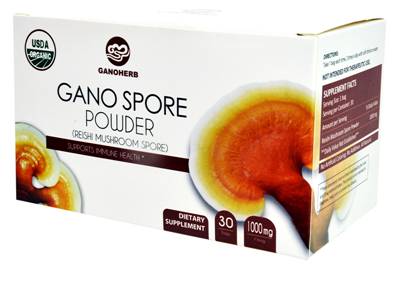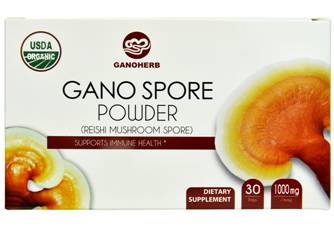The scientific name is Homoeosoma nebulella Hubner, Lepidoptera. Alias ​​Kwai. Distribution Heilongjiang, Jilin, Xinjiang and other provinces.
Host sunflowers.
The larvae were infested with the characteristics of a 2nd instar larvae feeding on cylindrical flowers. After the 3rd instar, the gaps were arranged along the sunflower seeds to feed on the seeds, and some or all of the seed kernels were eaten to form empty shells or enamel disk, and the disk was cut into many tunnels. The flower plate is actually silky and knotted and adheres to insect feces and debris, which resembles silk felt. Damaged discs are more rot and mouldy, reducing yield and quality.
Morphological characteristics Adult body length 8-12mm, wingspan 27-27mm, compound eye dark brown, gray-brown tentacles, filamentous, base section long and thick, about 3-4 times longer than other sections. The forewings are long, gray-brown, with 4 dark spots near the center; the hind wings are grayish brown with dark veins and edges. When the adult is at rest, the front and rear wings fit tightly on both sides of the body, which is similar to the sunflower seed. Egg length 0.8mm, width 0.4mm or so, milky white, oval. The eggshell is shiny, with irregular, shallow reticular patterns, and some eggs have a brown plastic film ring at one end. The larva is 10mm long, yellowish gray, pale yellow-green on the ventral side, and has three dark or light brown longitudinal bands on the back, the head is light brown, the front chest shield is light yellow, the valve is black, and the toe hook is double-sequential. Ring, different from peach aphid, corn bran. The dragonfly is 1-1.2mm long, brownish, dark brown before emergence, and has round engraved dots on the back of the abdomen from 1 to 10 knots, but it is mostly from the second to seventh quarters. The first and eighth sections are less frequently engraved. There are only 3-5 points in the ninth and tenth sections. There are only round engraved points in the fifth to tenth section of the ventral surface. There are eight hooks on the abdomen. .茧 long 12-17mm, spindle, silk, bright yellow or light brown.
Living habits Jilin and Heilongjiang have 1 to 2 generations of annuals. They use adult larvae to make winter in the soil. From late July to early August of the following year, the overwintering adults emerged during the flowering period of sunflowers, lurking during the day, and they began to move in the evening, taking nectar and spawning eggs on the flower disk. The eggs were scattered in the flowering area on the sunflower flower disk. The most eggs were found on the inner wall of the anther ring, the style, and the inner wall of the corolla. There were few eggs on the cylindrical flower and ray florets. The spawning period is in early August, the egg period is 3-4 days, and the larvae have 4 instars. The first generation of larvae is old and mature after 19-22 days. Most of the larvae enter the soil and do the wintering after being matured. A part of the larvae matured and then fell into the soil and spit to make larvae. In the Heilongjiang Province, the beginning of the chemical transformation was August 17th, the prosperous period of August 22-24, and the final stage of September 9th. The 12th to 16th day of the baboon was transformed into the first generation of adults. The adult emergence period from August 28 to September 8, the prosperous period September 4-6, from adult wintering adults to the emergence of the first generation of adulthood lasted about 36 days.
Control methods (1) The varieties with hard shells resistant to pests are selected to be lightly or not harmed, and the small oils are lighter with species-grown foods. (2) The fall winter irrigation can turn a large number of overwintering pupae into the soil to reduce overwintering insects. (3) Spray 90% crystal trichlorfon 500-1000 times solution or 80% dichlorvos EC 1000-1500 solution and 25% EKC 1500 solution in early larvae in early August.
Ganoderma Extract (Ganoderma Lucidum extract/Reishi mushroom extract) is extracted from top-graded organic shell-broken Ganoderma Lucidum spore powder using advanced modern technology. Spores are the seeds of Ganoderma Lucidum. When it matures, the spores are released from the mushroom cap. They are also where most of the nutrients of Ganoderma Lucidum are contained. In order to allow the nutrients inside the spore powder to be fully absorbed by human body, we used a patented technology called low temperature physical shell-breaking technology to crack the cell wall of Ganoderma Lucidum spore powder.

The Ganoderma we used for this product comes from our self-built organic Ganoderma farm at Mt. Wuyi. Both the farm and the GMP workshop have acquired organic certifications from 4 countries and regions including Chinese, Japan, the US, and the EU. We do not use any type of herbicide, pesticide, or chemical fertilizer during the whole cultivation process, delivering the best and safest product to our customers.

By using extraction technology, we can increase the concentration of Ganoderma polysaccharides and triterpenes in the product. Reishi Mushroom Powder polysaccharides and triterpenes both work together to enhance human’s immune system, fighting against diseases and infections. Also, Ganoderma can help protect the liver, increase sleep quality as well as relive stress.
Ganoderma Extract
Ganoderma Extract,Reishi Spore Powder,Ganoderma Lucidum Powder,Ganoderma Lucidum
Ganoherb International Inc. , http://www.ganoherb.us